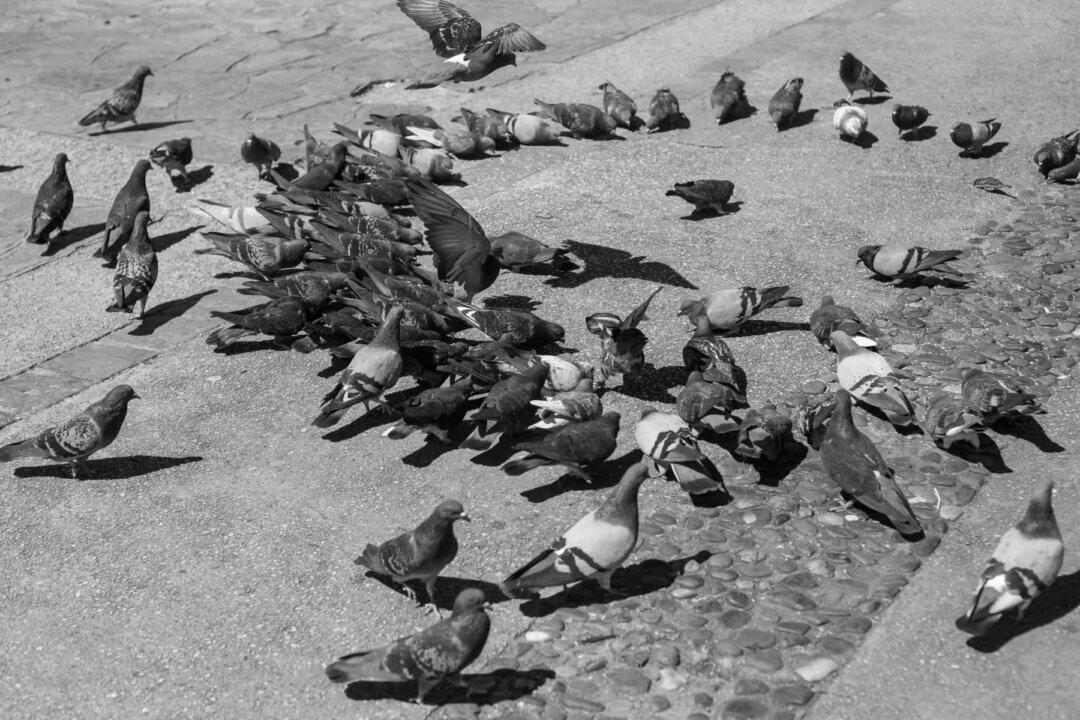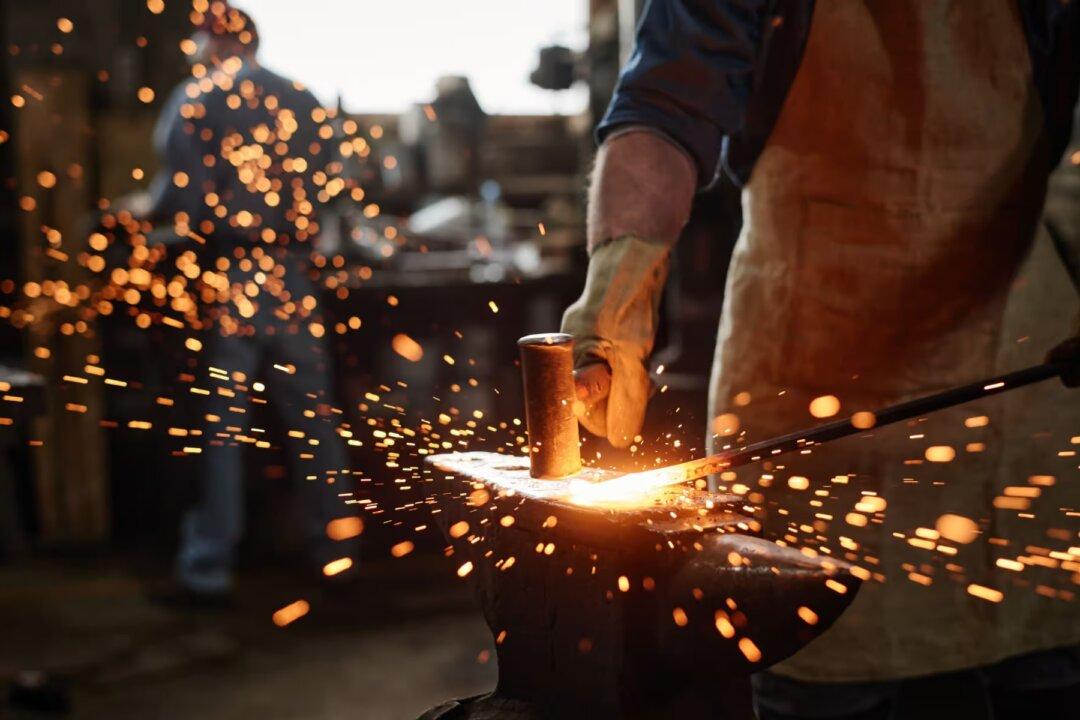Commentary
More than twenty months into the pandemic, it’s clear that many mandated mitigation strategies do not significantly prevent virus transmission, or do so at a steep price. Lockdowns haven’t stopped virus spread around the world, and are not sustainable due to massive collateral damage. There is no consistent evidence of a benefit of universal masking, despite unprecedented politicization and potential for bias in scientific studies.





